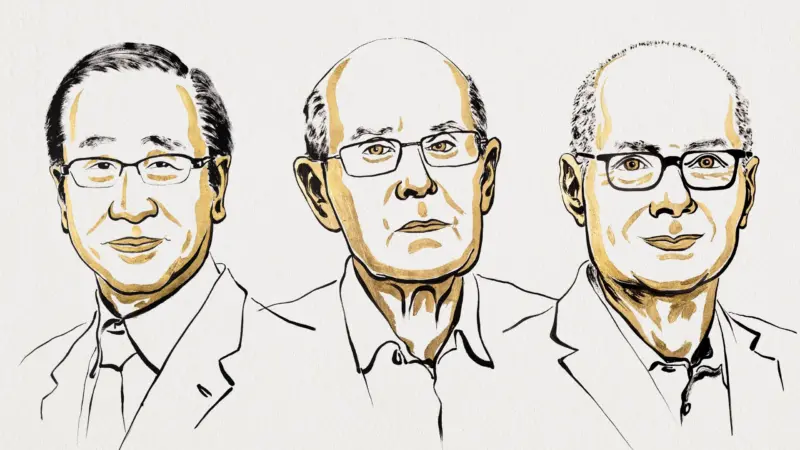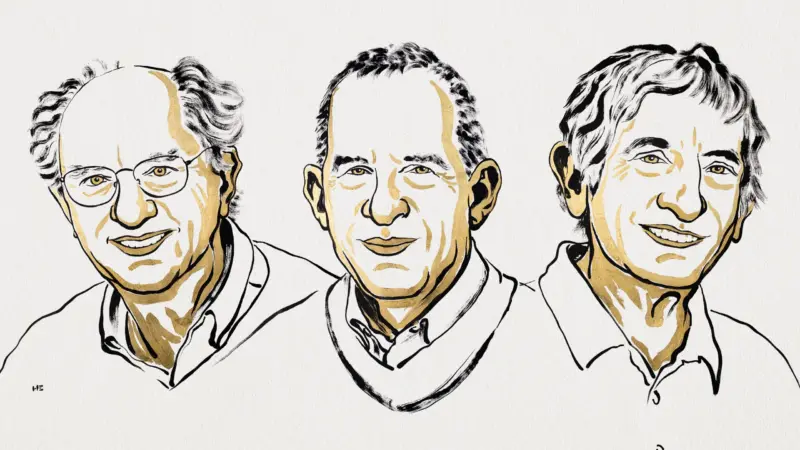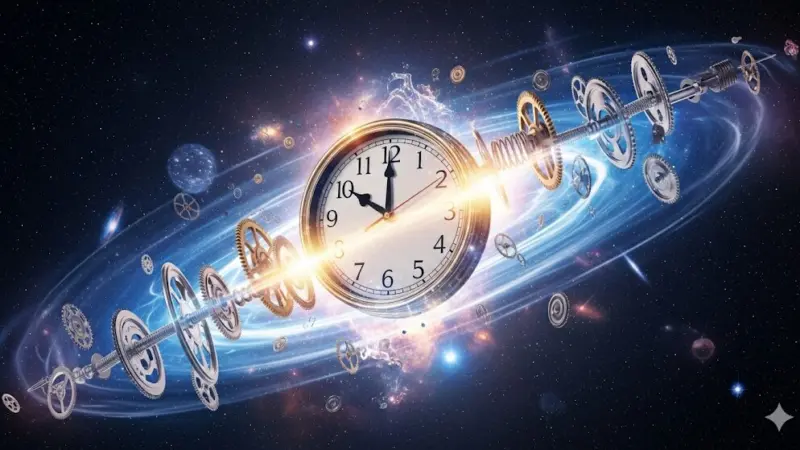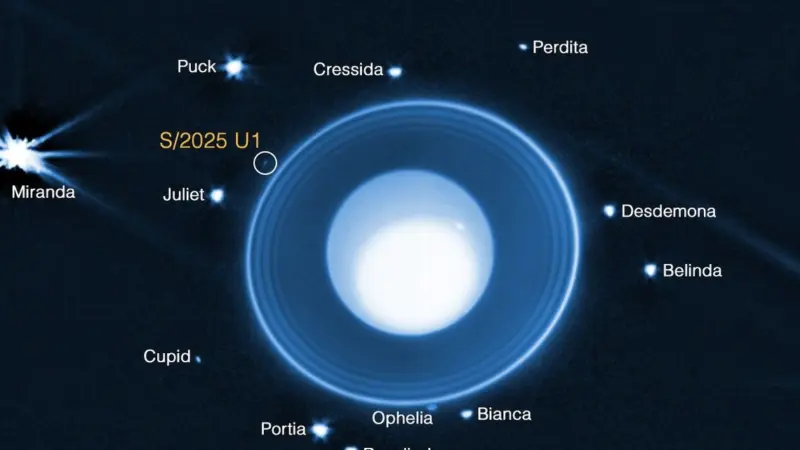Inside mRNA: The Molecule at the Heart of Vaccines
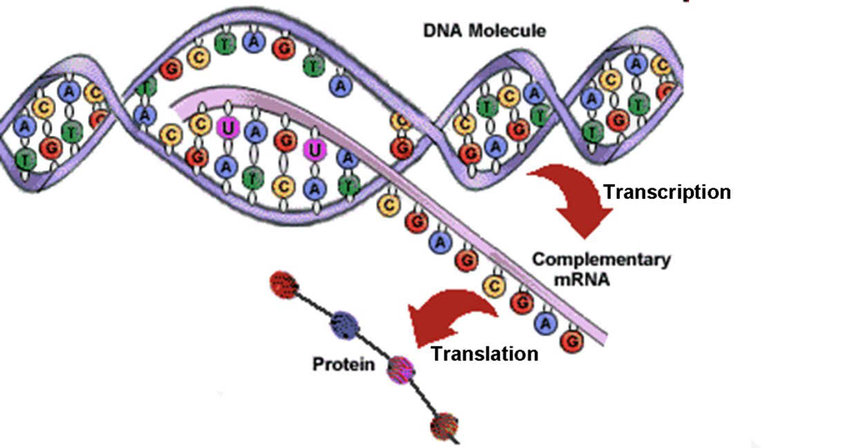
In the battle against the coronavirus, one molecule has taken center stage: mRNA. This remarkable messenger molecule has become the key component in the Pfizer-BioNTech and Moderna COVID-19 vaccines. Its significance has even earned it a place in the upcoming 2023 Nobel Prize in physiology or medicine, awarded to Katalin Karikó and Drew Weissman.
Contrary to what some may believe, mRNA is not a recent laboratory invention. In fact, it has been present in living cells for billions of years and can be found naturally in every cell of the human body. Scientists believe that RNA, the precursor to mRNA, originated in the earliest forms of life, predating the existence of DNA.
So, what exactly is mRNA and what role does it play? Let’s get into the details.
mRNA: The Genetic Middleman
Imagine that your DNA is a blueprint for your entire genetic code, written in a four-letter language consisting of A, C, G, and T. This DNA is safely tucked away inside the nucleus of your cells. It contains all the instructions for the physical traits that make you uniquely you.
However, in order for these instructions to be carried out, they need to make their way from the nucleus to the main part of the cell, known as the cytoplasm, where proteins are synthesized. This is where mRNA, the genetic middleman, comes into play.
Figure: www.springfieldmo.gov
Sections of the DNA code are transcribed into shortened messages, which serve as instructions for protein production. These messages, known as mRNA, are then transported from the nucleus to the cytoplasm, where the cell can utilize them to create specific proteins according to their encoded instructions.
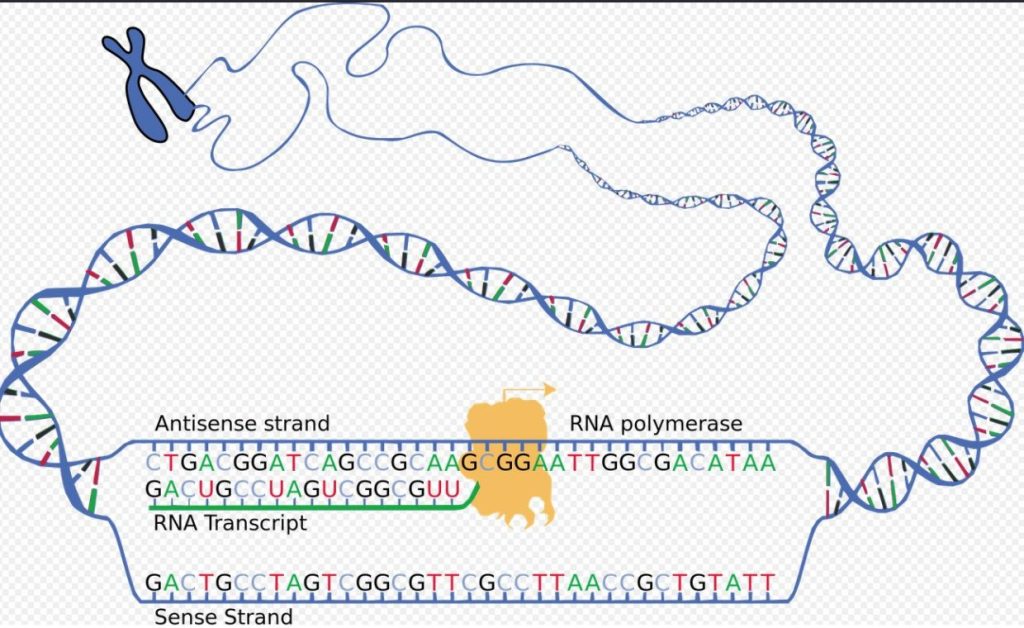
RNA polymerase transcribes a DNA strand to form mRNA (Wikipedia)
Unique Features of mRNA
While RNA bears structural similarities to DNA, there are some important distinctions. Unlike DNA, which is double-stranded, RNA consists of a single strand of letters known as nucleotides. Additionally, RNA contains the letter U (uracil) instead of T (thymine). Both DNA and RNA share a backbone composed of sugar and phosphate molecules, but the sugar in RNA is ribose, whereas DNA contains deoxyribose. The difference in sugar structure accounts for their respective names: DNA stands for deoxyribonucleic acid, while RNA stands for ribonucleic acid.
Unlike DNA, which remains identical in every cell, RNA is produced as needed in response to the cell’s specific requirements. Its job is to activate the cellular machinery and initiate protein synthesis, ensuring that proteins are only produced when and where they are needed.
And just like a disappearing text or a Snapchat message, mRNA is programmed to self-destruct. The structure of mRNA, its single-stranded nature, ribose sugar, and specific sequence combine to give it a short half-life. This ensures that the message is quickly “read,” translated into proteins, and then swiftly destroyed. Depending on the protein’s purpose, mRNA can persist anywhere from a few minutes to a couple of hours before it vanishes. Once the mRNA instructions disappear, protein production ceases until new instructions are received.
mRNA Vaccines: A Groundbreaking Approach
The unique features of mRNA have made it an ideal target for vaccine development. Vaccines aim to stimulate the immune system’s response by presenting it with a harmless version or component of a pathogen. To achieve this, researchers have found a way to introduce and protect mRNA containing the code for a specific portion of the spike protein found on the surface of the SARS-CoV-2 virus.
When a person receives an mRNA vaccine, their immune system generates antibodies against the spike protein, providing protection against future encounters with the actual virus. The mRNA in the vaccine is subsequently destroyed by the cell, just like any other mRNA. It remains confined to the cytoplasm and has no impact on a person’s DNA.
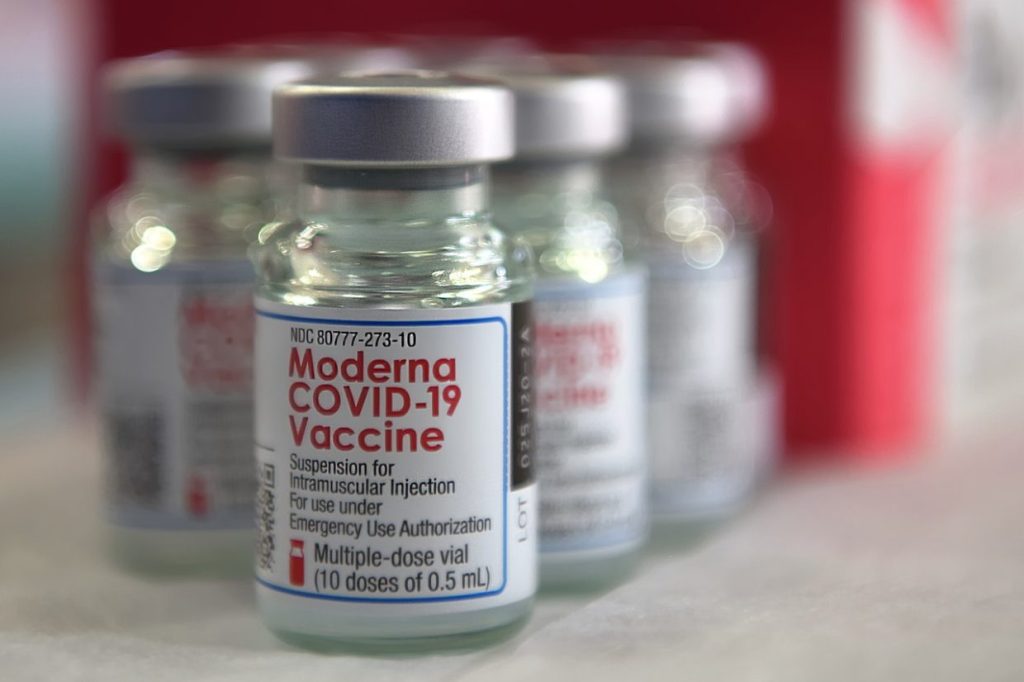
From Emergence to FDA Approval: The mRNA Vaccine Journey
The first mRNA vaccines received emergency use authorization in December 2020 from the U.S. Food and Drug Administration. Since then, the Pfizer-BioNTech vaccine (Comirnaty) obtained full FDA approval in August 2021, while the Moderna vaccine (Spikevax) received approval in January 2022.
Although these vaccines were considered groundbreaking in 2020, the underlying technology had been developed over the years and continuously refined. With the help of previous research, extensive volunteer trials, and real-time data from over 655 million administered COVID-19 vaccine doses in the United States by the end of 2022, these vaccines have been rigorously tested for both safety and effectiveness.


